 Your new post is loading...
 Your new post is loading...
Teaching students good learning strategies would ensure that they know how to acquire new knowledge, which leads to improved learning outcomes, writes lead author Helen Askell-Williams of Flinders University in Adelaide, Australia. And studies bear this out. Askell-Williams cites as one example a recent finding by PISA, the Programme for International Student Assessment, which administers academic proficiency tests to students around the globe, and place American students in the mediocre middle. “Students who use appropriate strategies to understand and remember what they read, such as underlining important parts of the texts or discussing what they read with other people, perform at least 73 points higher in the PISA assessment—that is, one full proficiency level or nearly two full school years—than students who use these strategies the least,” the PISA report reads. Learn more / En savoir plus / Mehr erfahren: https://gustmees.wordpress.com/2014/10/03/design-the-learning-of-your-learners-students-ideas/ https://gustmees.wordpress.com/2015/07/19/learning-path-for-professional-21st-century-learning-by-ict-practice/
Via Gust MEES, Jim Lerman
“When we have a rich meta-strategic base for our thinking, that helps us to be more independent learners,” said Project Zero senior research associate Ron Ritchhart at a Learning and the Brain conference. “If we don’t have those strategies, if we aren’t aware of them, then we’re waiting for someone else to direct our thinking.”
Helping students to “learn how to learn” or in Ritchhart’s terminology, become “meta-strategic thinkers” is crucial for understanding and becoming a life-long learner. To discover how aware students are of their thinking at different ages, Ritchhart has been working with schools to build “cultures of thinking.” His theory is that if educators can make thinking more visible, and help students develop routines around thinking, then their thinking about everything will deepen.
His research shows that when fourth graders are asked to develop a concept map about thinking, most of their brainstorming centers around what they think and where they think it. “When students don’t have strategies about thinking, that’s how they respond – what they think and where they think,” Richhart said. Many fifth graders start to include broad categories of thinking on their concept maps like “problem solving” or “understanding.” Those things are associated with thinking, but fifth graders often haven’t quite hit on the process of thinking. Learn more / En savoir plus / Mehr erfahren: https://gustmees.wordpress.com/2015/07/19/learning-path-for-professional-21st-century-learning-by-ict-practice/ https://gustmees.wordpress.com/2014/10/03/design-the-learning-of-your-learners-students-ideas/
Via Gust MEES, Jim Lerman
In Phenomenon Based Learning (PhenoBL) and teaching, holistic real-world phenomena provide the starting point for learning. The phenomena are studied as complete entities, in their real context, and the information and skills related to them are studied by crossing the boundaries between subjects. Phenomena are holistic topics like human, European Union, media and technology, water or energy.The starting point differs from the traditional school culture divided into subjects, where the things studied are often split into relatively small, separate parts (decontextualisation).
Learn more / En savoir plus / Mehr erfahren: http://www.scoop.it/t/21st-century-learning-and-teaching/?tag=Finland
Via Gust MEES
At some point in our lives, we’ve all practiced some counterproductive learning habits. We’ve sabotaged ourselves without realizing it, and found ourselves stuck. There have been failures we believe have defined our potential. We’ve obsessed over perfect solutions and singular pathways. In frustrated moments we’ve refused help from others, thinking acceptance means weakness. We’ve done this as teachers, students, friends, and parents.
These are not crimes; they’re part of what makes us human. Our counterproductive learning habits usually come from what we observe and hear. We pick things up as children from well-intentioned adults in our lives. In addition, the experiences of others constantly unfold right in front of us. We observe actively, and we remember.
Eventually we come to believe that what we see is how things are, and that it never changes. We know now that this doesn’t have to be the case. We know now that we can create our own experiences. Let’s make them good ones when it comes to learning.
Leartn more / En savoir plus / Mehr erfahren: https://gustmees.wordpress.com/2015/07/19/learning-path-for-professional-21st-century-learning-by-ict-practice/
Via Gust MEES
What if teachers could lead without leaving the classroom—and in doing so, incubate and execute their own policy and pedagogical ideas? In recent years, the Center for Teaching Quality has supported two dozen teacherpreneurs — expert teachers who typically have a reduced teaching load of 50% — to lead bold reforms at the school, district, state and national levels. In partnership with districts (and with philanthropic financial support), teacherpreneurs like Noah Zeichner, Ali Wright, Jessica Cuthbertson and Julie Hiltz have achieved remarkable results for students, schools and the profession. These classroom experts have generated powerful proof points for CTQ’s bold brand of teacher leadership, documented in a series of case studies. Their experiences have also yielded “lessons learned” that we can share with others interested in this model:
Extra time yields extraordinary results.
The best teacherpreneurs “lead from the middle.
Technology keeps teacher leaders connected with the world while based in the classroom.
Relationships matter.
Blurring the lines between policy and practice makes each stronger.
When educators can teach and lead, they and their schools benefit.
Learn more:
Via Gust MEES, Jess Chalmers
Informational technology needs to be holistically integrated into our learning environments.
The integration of information technology into our unique learning environments can be greatly enhanced if we apply constructivist approaches. Such approaches could include, but are not limited to discovery learning, inquiry based learning, play-based learning and making. But they also include listening, reflecting, and taking the time to process. Essentially, we want our learners to become great thinkers. We want learners to take an active role in the learning process and move away from the passive regurgitation of information being passed from a teacher to a student. Effective infusion of information technology into our learning environments is an excellent way to achieve this.
In our world, information technology is not just a means to an end. It more about the information and how we use it that is the most important. How to find it, how to process it, how to use it, and how to build on it. The technology we use facilitates and re-shapes this use of information in many new ways. For instance, no longer are we following learning in a linear fashion, say, based on a textbook. Rather, we are working in flexible frameworks where learners can focus on big ideas, but follow their learning along multiple paths happening all at once in the learning environment. credit is given to Deborah McCallum: http://bigideasineducation.ca/2015/07/30/holistic-approaches-for-learning-with-technology/ Learn more: https://gustmees.wordpress.com/2015/07/19/learning-path-for-professional-21st-century-learning-by-ict-practice/
Via Gust MEES, elearning at eCampus ULg
|
A third of U.S. middle and high school students use mobile devices issued by their schools. Many others use their own devices for their schoolwork, using software such as the widely adopted Google Apps for Education. If you have children in school, chances are good that people and organizations you don’t know are collecting massive quantities of information about your children and using this information for purposes you know nothing about. We don’t know much about how children’s information is used, or by whom, or for what purpose Once data is collected and the company that collected it uses it for its stated purpose, there is little in law or policy that prevents the company from also using the information for other purposes, such as “product development.” It may also sell the information to others for their use or archive it for possible later use. Many bills bearing on student privacyhave been introduced in the past several years in Congress and state legislatures, and several of them have been enacted into law. However, protection of student privacy remains limited. Our recent report explores how corporate entities use their involvement with schools to gather student data and how those data may be used for marketing and other non-school-related purposes. Although most people probably know that digital marketers targetand track children on the devices they use, many would be surprised to learn that schools now serve both as a portal to and reinforcer of digital marketing messages to children. In so doing, they lend companies that collect, sell, analyze, and buy data both enhanced credibility and access to vast amounts of education-related data. Learn more / En savoir plus / Mehr erfahren: https://gustmees.wordpress.com/2013/12/21/privacy-in-the-digital-world-shouldnt-we-talk-about-it/
Via Gust MEES
There are five ways in which gifted students tend to learn differently from their peers:
1. They learn new material much more quickly.
2. They have a better ability to remember what they have learned, which reduces or eliminates the need for review.
3. They have ability for abstract or complex thinking that their peers do not have.
4. They become focused on specific topics and are very passionate about them to the exclusion of other topics and subjects.
5. They can take in many stimuli at once, knowing what is going on around them while concentrating on a specific task.
Using these characteristics as a guideline, approximately 6%, or 3 million, students in the United States may be classified as gifted. Although there is little argument that gifted and talented students must be provided with challenges that meet their academic needs, no federal regulations specifically mandate special services for G and T learners. Learn more / En savoir plus / Mehr erfahren: http://www.scoop.it/t/21st-century-learning-and-teaching/?tag=Gifted+kids
Via Gust MEES
The Blooms Taxonomy meant that the first step would be to seek knowledge, comprehend it, apply it in real life scenarios, analyze and further synthesize with other concepts and subjects. With Phenomenon Based Learning, this linear progression turns into a roller coaster ride.
The learner starts with a phenomenon or a real life scenario, analyses the linkages with different concepts and subjects, identifies the gaps in knowledge and understanding, seeks out that knowledge, comprehends it for each subject area and then synthesizes it. So essentially what was a process of construction has now been broken into deconstruction and then construction. First de-construct the phenomenon into different concepts and processes, understand them and then reconstruct them into the original phenomenon and probably draw parallels with other phenomenons. Learn more / En savoir plus / Mehr erfahren: http://www.scoop.it/t/21st-century-learning-and-teaching/?tag=Finland http://www.scoop.it/t/21st-century-learning-and-teaching/?tag=Phenomenon+Based+Learning
Via Gust MEES
Why educators are paying more attention to noncognitive factors in the classroom, and whether it’s more than just a fad.
Nestled within the New-Age-y sounding concept of “noncognitive factors” are fairly concrete examples of what parents and educators should and shouldn’t do to prepare students for the rigors of college and their careers. Gleaned from research into brain development and human behavior, a toolkit is emerging on how to best respond to and encourage students’ grit, persistence, and the ability to learn from one’s mistakes.
Learn more:
Via Gust MEES, juandoming
|



 Your new post is loading...
Your new post is loading...



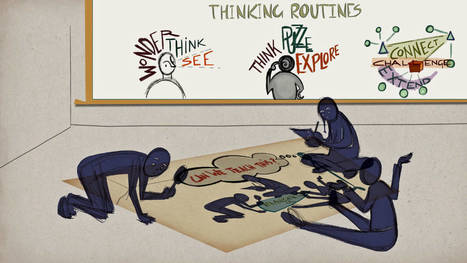

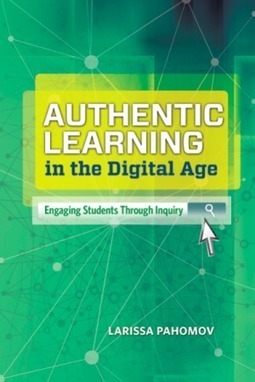

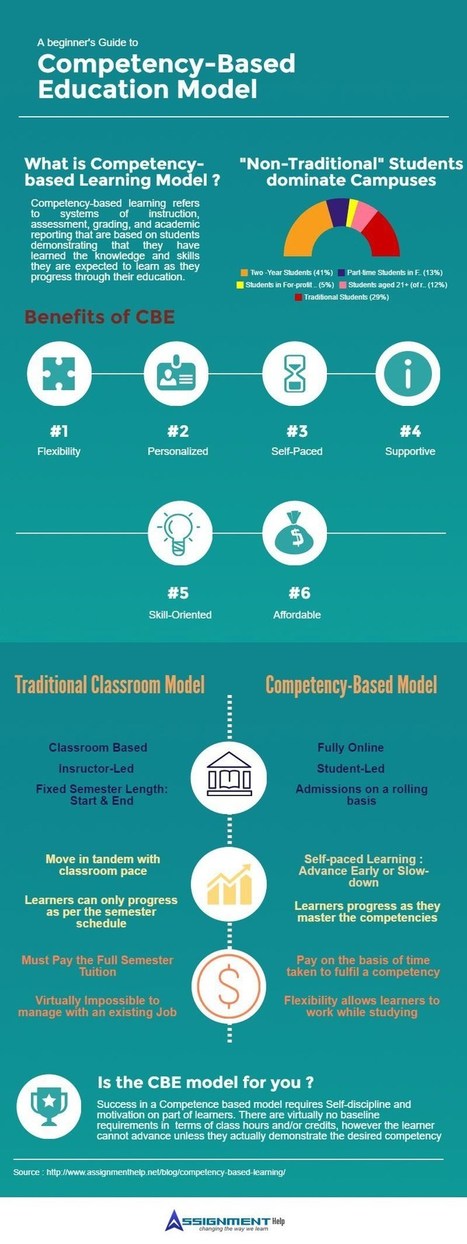

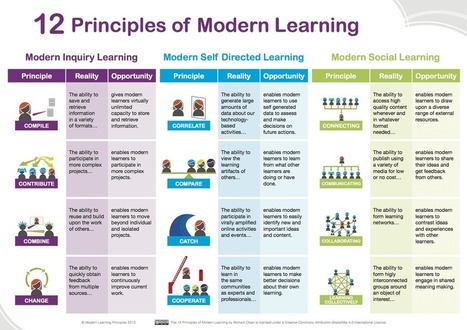








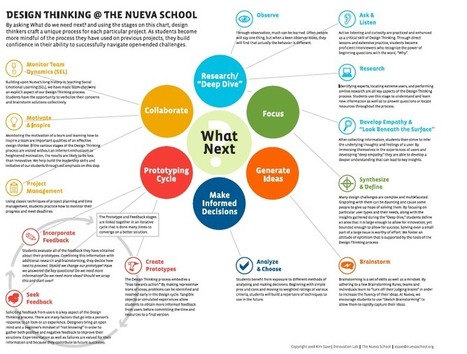


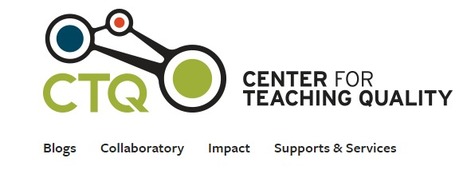














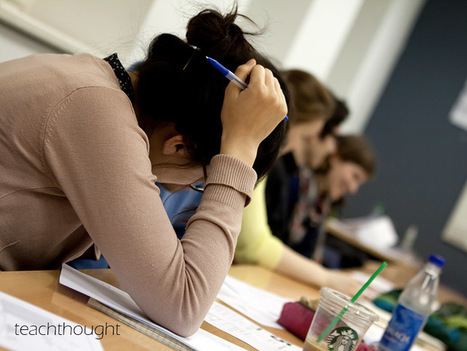
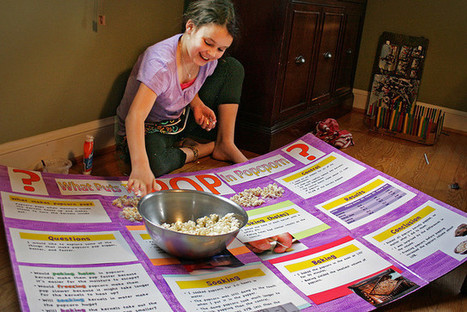


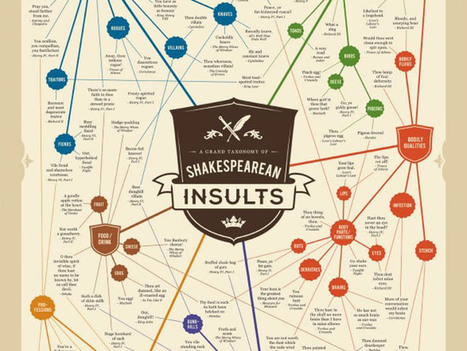
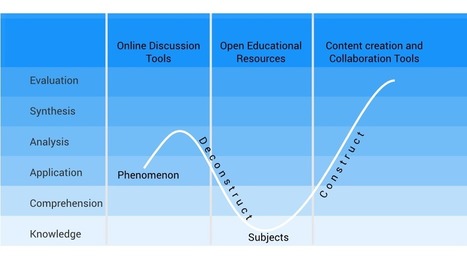



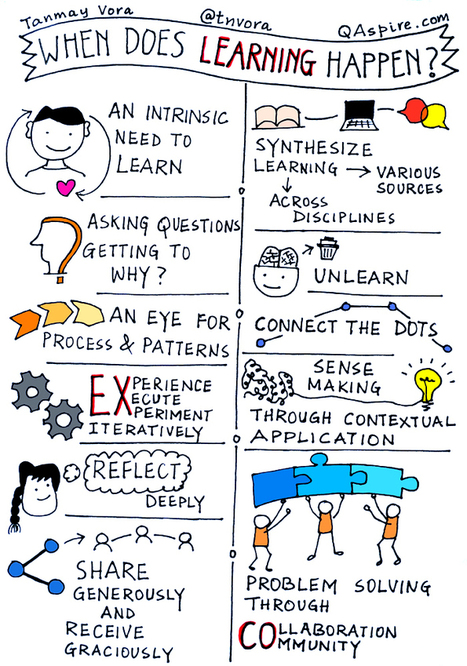


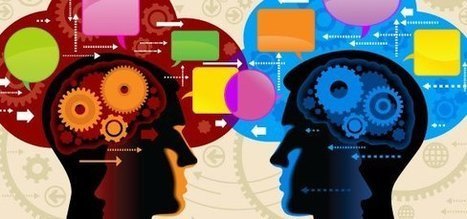




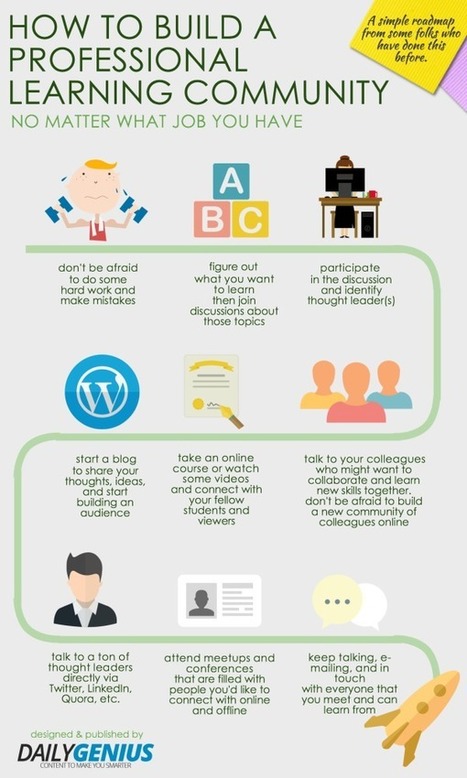

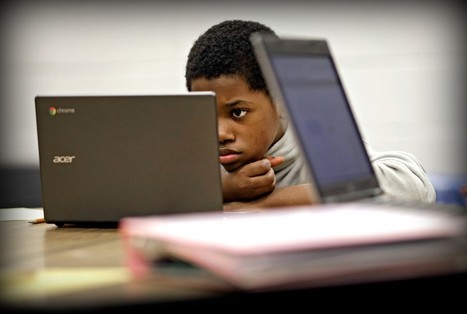






En vez de enseñar cosas que ya están accesibles en las redes, las escuelas y universidades deberían practicar la diversidad de formatos de aprendicaje posibles. Ya no es tan importante formar personas intelectuales que sepan de memoria datos declarativos, sino profesionales que tengan capacidades para el aprendizaje autónomo. Hoy día es más importante tener la capacidad de desaprender lo innecesario y reaprender lo que es verdaderamente esencial en el siglo 21.